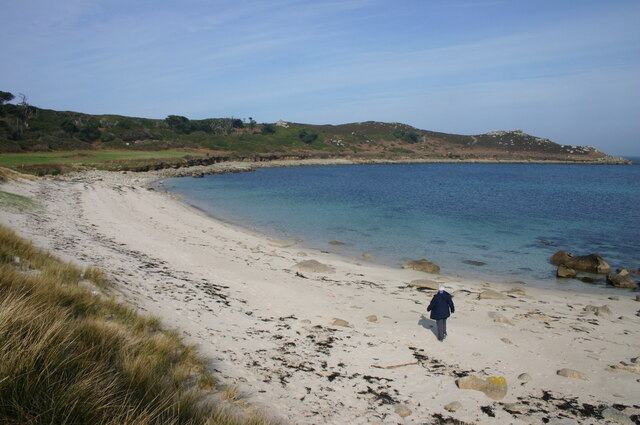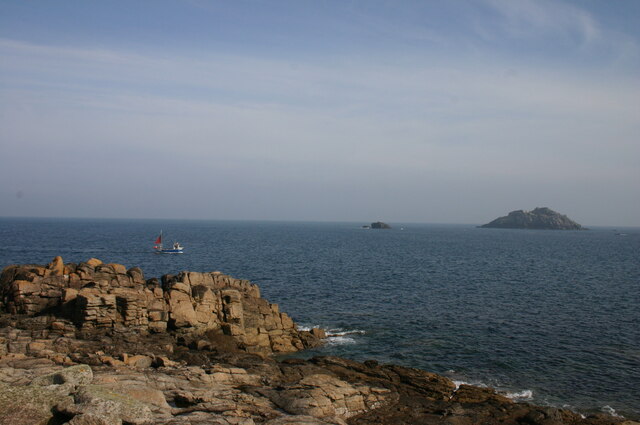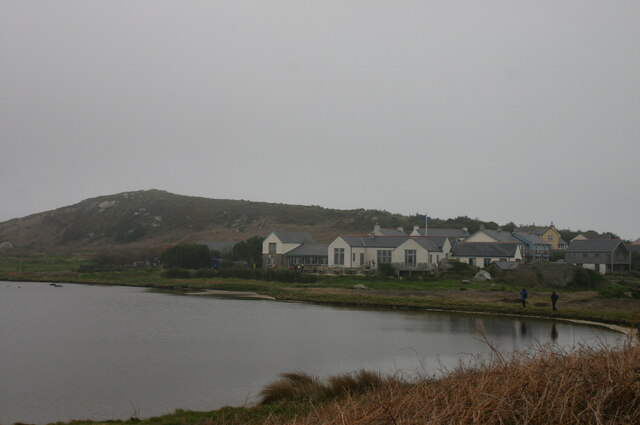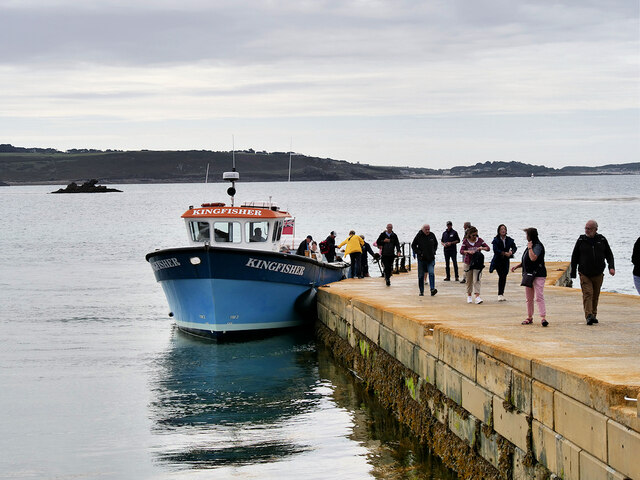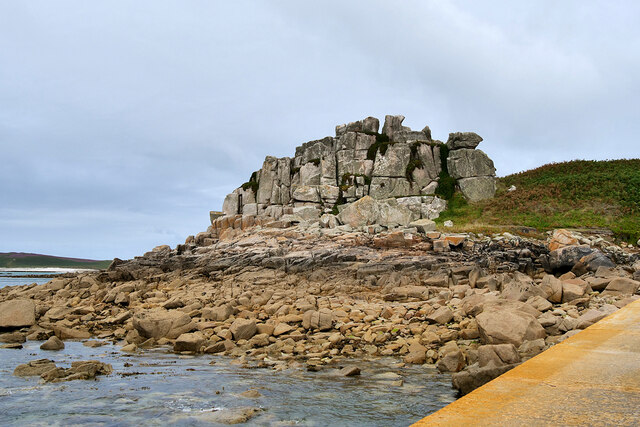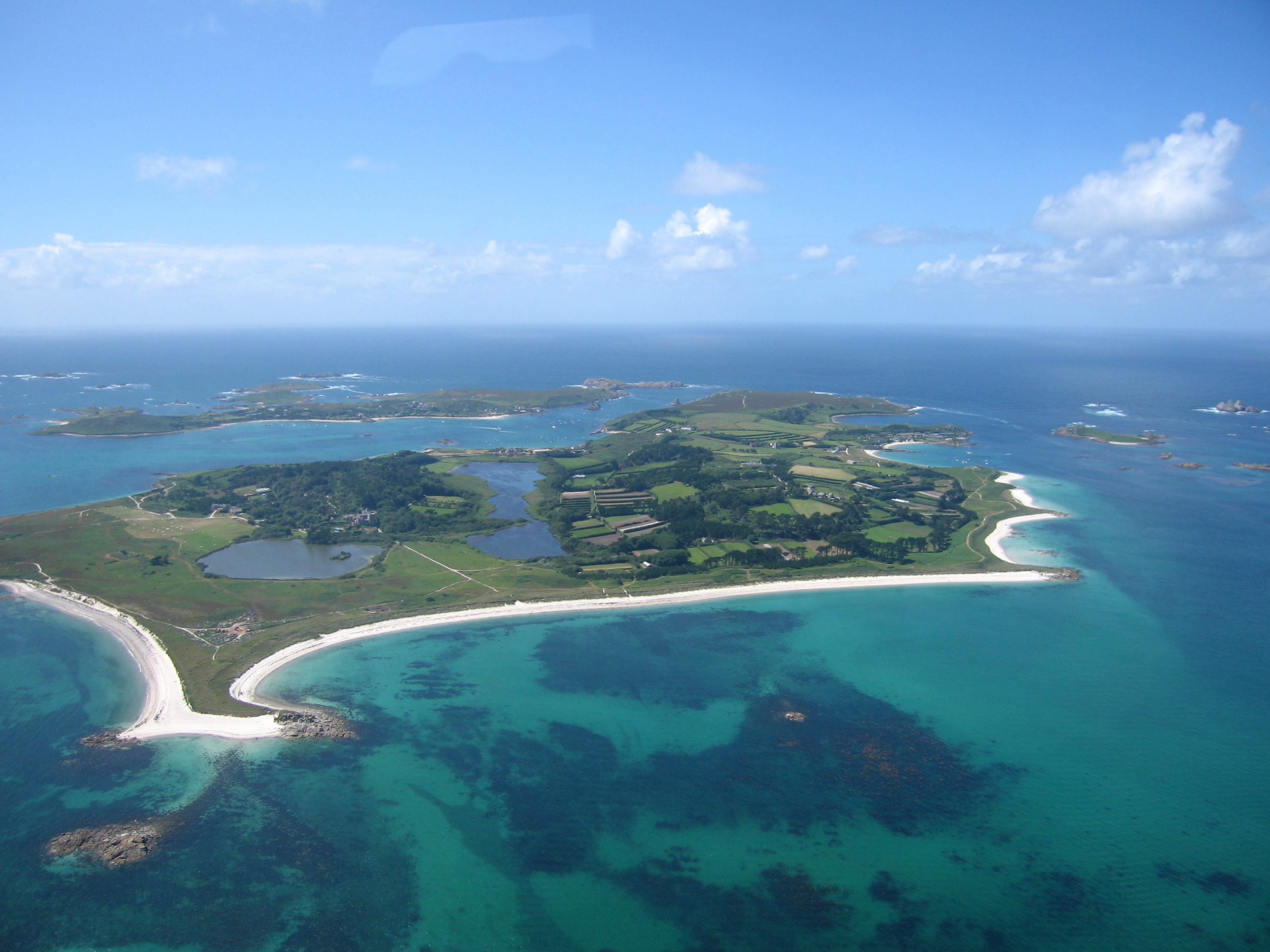Vane Hill
Hill, Mountain in Cornwall
England
Vane Hill

Vane Hill is a stunning natural landmark located in Cornwall, England. This prominent hill, also referred to as a mountain by locals, boasts an elevation of 244 meters (800 feet) above sea level. Situated near the town of Torpoint, Vane Hill offers breathtaking panoramic views of the surrounding countryside and the beautiful coastline of the English Channel.
The hill itself is composed of granite, a common geological feature in this region. Its rugged terrain is covered in lush green vegetation, providing a haven for various species of plants and wildlife. Walking along the hill's trails, visitors are treated to a diverse array of flora and fauna, including wildflowers, ferns, and small mammals.
Vane Hill is a popular destination for outdoor enthusiasts and nature lovers alike. Its well-maintained paths and trails make it accessible to hikers of all levels of experience. At the summit, a viewpoint provides visitors with an unparalleled vista, showcasing the picturesque landscape that Cornwall is famous for.
In addition to its natural beauty, Vane Hill also holds historical significance. It is believed to have been inhabited by early settlers and has remnants of ancient settlements and burial mounds. These archaeological remains offer a glimpse into the area's rich history and add to the allure of Vane Hill.
Overall, Vane Hill in Cornwall is a captivating destination that combines natural splendor, breathtaking views, and a touch of history. Whether one is seeking a challenging hike or a peaceful stroll surrounded by nature, Vane Hill offers an unforgettable experience for all who visit.
If you have any feedback on the listing, please let us know in the comments section below.
Vane Hill Images
Images are sourced within 2km of 49.955758/-6.3362858 or Grid Reference SV8915. Thanks to Geograph Open Source API. All images are credited.












Vane Hill is located at Grid Ref: SV8915 (Lat: 49.955758, Lng: -6.3362858)
Division: Isles of Scilly
Unitary Authority: Isles of Scilly
Police Authority: Devon and Cornwall
What 3 Words
///stocked.marsh.closer. Near Tresco, Isles of Scilly
Nearby Locations
Related Wikis
New Grimsby
New Grimsby (Cornish: Enysgrymm Nowyth) is a coastal settlement on the island of Tresco in the Isles of Scilly, England. It is located on the west side...
St Nicholas's Church, Tresco
St Nicholas's Church, Tresco, is a parish church in the Church of England located in Tresco, Isles of Scilly, UK. == History == Originally two old cottages...
RNAS Tresco
RNAS Tresco was a Royal Naval Air Service base on Tresco, the second largest island in the Isles of Scilly. From February 1917 to May 1919 aircraft patrolled...
Tresco, Isles of Scilly
Tresco (Cornish: Enys Skaw, lit. 'island of elder-trees') is the second-biggest island of the Isles of Scilly. It is 297 ha (1.15 sq mi) in area, measuring...
Nearby Amenities
Located within 500m of 49.955758,-6.3362858Have you been to Vane Hill?
Leave your review of Vane Hill below (or comments, questions and feedback).
